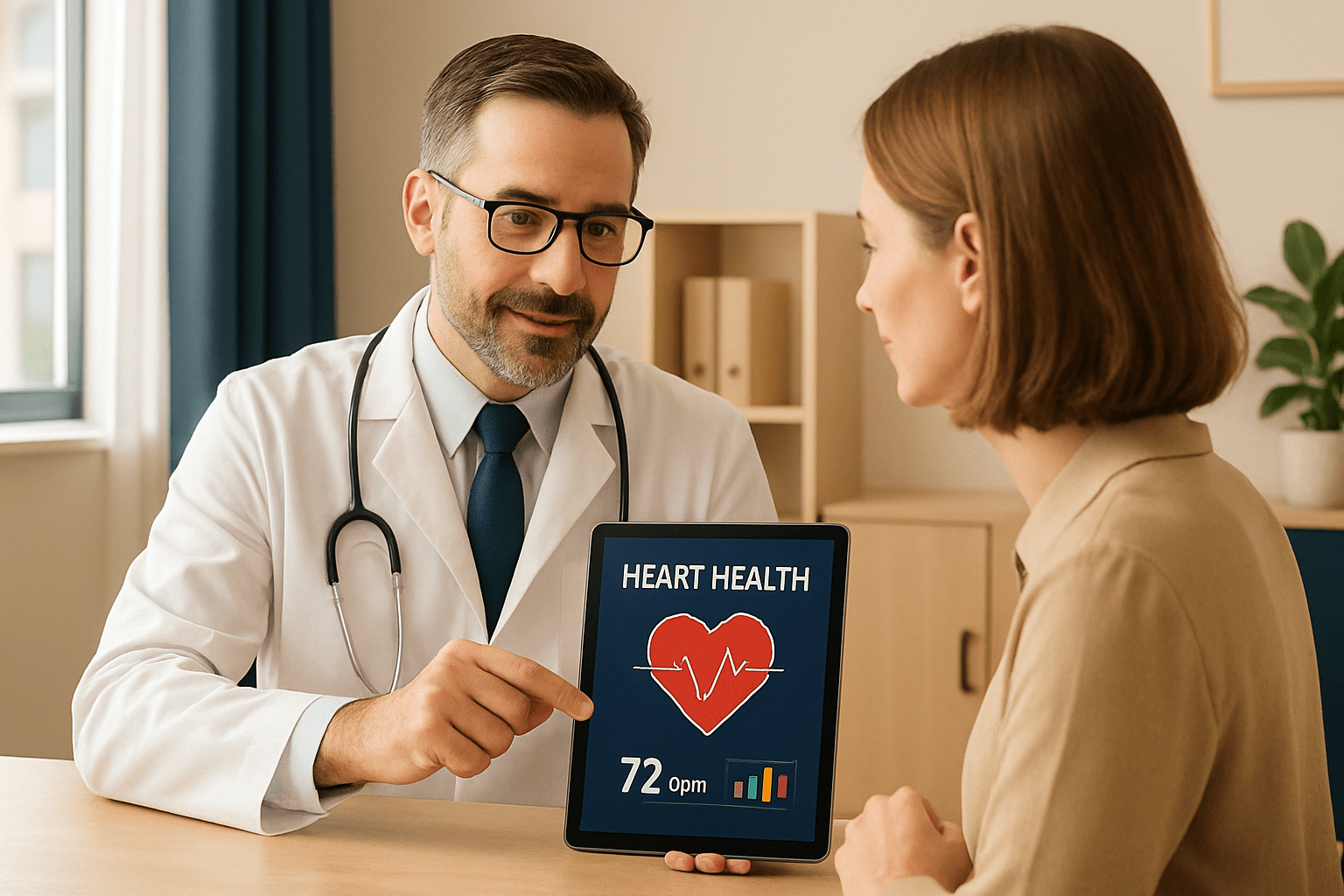GLP-1 medications like semaglutide and tirzepatide have changed the weight loss game—but they aren’t magic bullets. Yes, they suppress appetite and regulate blood sugar, but without the right daily habits, their full potential goes untapped. That’s why GLP-1 and lifestyle changes must work together to deliver sustainable, long-term results. Medication might start the process, but lifestyle is what locks it in.
Jump To:
TLDR – Quick Guide
- GLP-1 medications reduce hunger and improve blood sugar control
- Without healthy eating, results can plateau or reverse after stopping
- Exercise, sleep, hydration, and stress management amplify medication effects
- Lifestyle changes reduce side effects and improve body composition
- Success = medication support + behavioral change + professional guidance
Detailed Breakdown
What GLP-1 Medications Do (and Don’t Do)
GLP-1 receptor agonists mimic a hormone that controls appetite, delays stomach emptying, and stabilizes glucose levels. This leads to reduced cravings, smaller meals, and more consistent energy. But they don’t rewire your relationship with food, teach portion control, or build muscle.
What They’re Great At
- Suppressing appetite
- Reducing blood sugar spikes
- Promoting fat loss (not just weight loss)
What They Can’t Do Alone
- Improve nutritional habits
- Build lean muscle mass
- Create long-term behavioral change
Why Lifestyle Still Matters
1. Food Quality Affects Results
GLP-1s may reduce how much you eat, but what you eat still matters. Nutrient-dense foods improve gut health, support energy, and enhance metabolic function. Processed foods and sugar may still trigger inflammation—even if you’re eating less.
Focus on:
- Lean proteins and healthy fats
- High-fiber vegetables
- Hydration and blood sugar-friendly snacks
2. Exercise Preserves Muscle Mass
GLP-1-related weight loss can include muscle loss if you’re not active. Exercise—especially strength training—helps preserve lean muscle, which protects your metabolism and shapes your body as you lose fat.
Best Movement Practices:
- Resistance training 2–3 times per week
- Daily walking or low-impact cardio
- Stretching and mobility work for recovery
3. Sleep and Stress Control Hormones
Sleep deprivation and high cortisol levels sabotage weight loss—no matter what’s in your injection pen. Sleep is when your body repairs tissue and balances hunger hormones like ghrelin and leptin.
Build Habits Like:
- 7–9 hours of consistent, quality sleep
- Stress-relief routines (breathwork, journaling, nature walks)
- Digital detox before bed
4. Behavioral Change Creates Sustainability
GLP-1 may help you lose 20 pounds—but keeping it off requires mindset shifts. Learning how to grocery shop, prep meals, navigate social events, and bounce back from slip-ups is key.
Sustainable Behavior Tips:
- Track non-scale victories (energy, mood, strength)
- Identify emotional eating triggers
- Celebrate progress without relying on food
What Happens If You Rely Only on Medication?
When GLP-1 use ends without lifestyle change, old habits often return—along with the weight. Muscle loss, nutrient deficiencies, and metabolic slowdown become real risks. But when used in tandem with a healthy lifestyle, GLP-1 can reset the body and brain for lasting transformation.
Common Pitfalls of a Medication-Only Approach
- Rapid rebound weight gain
- Loss of muscle and bone density
- Unresolved food behaviors and emotional eating patterns
Key Takeaways
- GLP-1 and lifestyle changes must go hand-in-hand for true, lasting results.
- Medication supports appetite regulation—but nutrition, movement, sleep, and mindset do the heavy lifting for sustainability.
- Building muscle, healing habits, and fueling wisely ensures long-term success—long after the injections stop.
- The most powerful transformation comes when medication jumpstarts your journey, and lifestyle carries it through.
FAQs
Can I lose weight on GLP-1 without changing my diet?
Yes, you may lose weight initially due to appetite suppression. But to sustain weight loss and prevent rebound, nutrition and movement are essential. Food quality also impacts energy, digestion, and inflammation.
Will I gain the weight back after stopping GLP-1?
Possibly—especially if no lifestyle changes were made during use. Your appetite may return, and without new habits, old patterns can resurface. That’s why building healthy routines is critical from day one.
Is it safe to exercise while taking GLP-1 medications?
Yes, and it’s encouraged. Exercise enhances fat loss, preserves muscle, and improves overall health. Always consult your provider if you experience fatigue or dizziness while adjusting to the medication.
How can I reduce side effects of GLP-1s through lifestyle?
Eating smaller, low-fat meals and staying hydrated can reduce nausea. Regular movement improves digestion. Avoid skipping meals or eating too fast to help your body adjust smoothly.
Do I need a nutritionist or coach while on GLP-1?
It’s highly beneficial. A coach or nutritionist can guide meal planning, help with emotional eating, and tailor a program to your needs. The more support you have, the better your results—and your confidence in keeping them.








